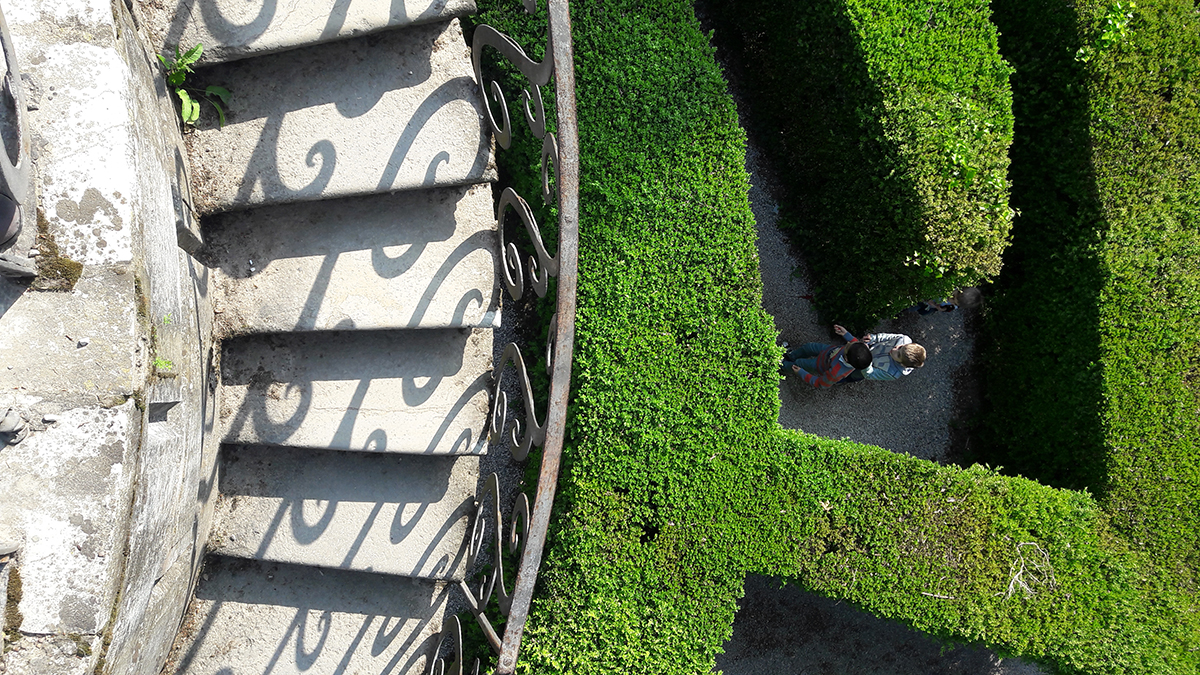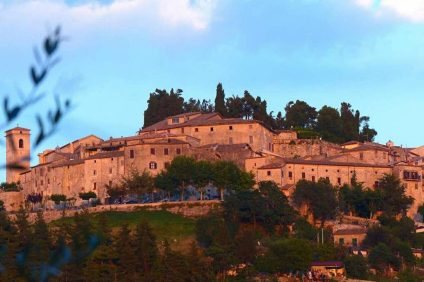The labyrinth is a theme that has always aroused a lot of fascination, so much so that it has become inevitable ornament in the gardens of noble and powerful families from all over the world. In Italy, from north to south, there are several and unmissable examples of labyrinths to be covered.
Originally there was Knossos
The most famous labyrinth of all belongs to Greek mythology. In fact, on the island of Crete, it seems that King Minos had a tangle of paths built in his palace in Knossos from which it was almost impossible to get out. The labyrinth, in fact. The architect of this ingenious work was Daedalus, hence the word with which we still define labyrinths or ingenious intertwining today. Why all this? Minos had created a prison for the Minotaur, ferocious creature only partially human born from his wife and queen of Crete, Pasiphae, who had joined a bull-like deity. The myth is very raw and unhappy and involves other well-known characters: Icarus, Theseus and Ariadne with her proverbial thread. But this is not the place to tell it.
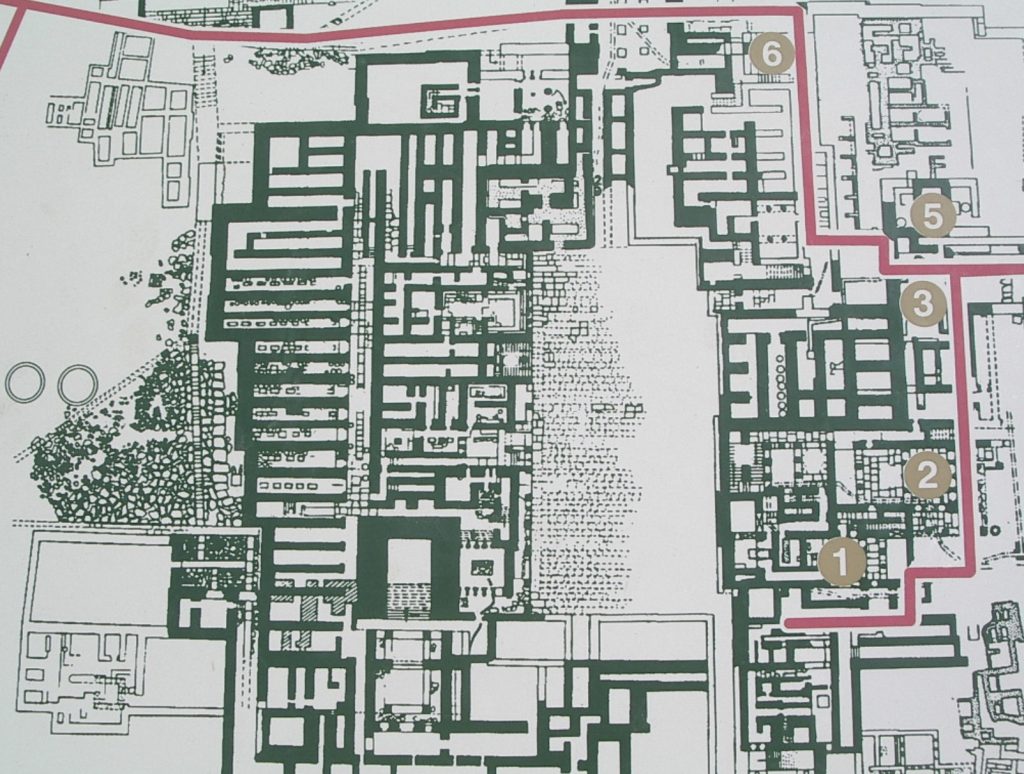
Labyrinths and garden art
Deprived of that raw and sanguine component of the myth, the theme of the labyrinth has always aroused fascination throughout history. The reinterpretation of him in a Christian key is important, which sees him as border symbol between finite and infinite. The painstaking and careful search for a way out reminds us of human finitude in the face of the complexity of the world and divine perfection, the tortuous path to salvation. This symbolic charge made him an interesting subject in gardens already - it would seem - starting from the sixteenth century, when linear and geometric shapes were fashionable. The drawings preserved in the Seven books of architecture, written and published by the architect Sebastiano Serlio as early as 1537! The oldest labyrinths (including, apparently, that of Knossos) had a single path from the entrance to the center, albeit complicated. Only from the sixteenth century do they endow themselves with blind alleys and false paths.
Since then their fame has only grown and in the following centuries all the European nobles wanted one or more labyrinths in the gardens of their holiday homes. They generally were made of three kinds: ground drawing with flowers and low plants; path of medium height bushes; paths made up of real plant walls. The most used plant to make them was undoubtedly boxwood, because it is easy to model in the so-called ars topiary, the ancient but still current art of pruning trees and shrubs to give them a precise geometric shape. Let's see what they are the most interesting that you can visit in the beautiful country.
Garden of Villa Barbarigo in Valsanzibio, Padua
It is probably one of the oldest still to be visited in Italy, with over 6 thousand boxwood hedges planted even in the second half of the seventeenth century! Equipped with thirteen trivi and quadrivi, six dead ends and a double and confluent vicious circle, its allegorical meaning is very precise and is explained to visitors to the labyrinth. Each green "wall" in front of us is "assigned" the name of a capital sin: gluttony, greed, envy, lust, sloth, pride and anger. Here is that reaching the central turret you will have made a real path of purification! If your thirst for labyrinths is not yet extinguished, seven kilometers away from Galzignano Terme you can visit the Catajo Castle, in Battaglia Terme. His garden also features a well-known labyrinth!

Garden of Villa Pisani in Stra, Venice
Scenario of eighteenth-century noble games and amusements, the labyrinth of Villa Pisani is perhaps one of the most difficult to cross. It is a classic circular design inscribed in a trapezoid, in addition to the winding path that leads to the center, it also has a direct one that usually the more adventurous go out. Many were the characters who had the opportunity to conquer its central turret, from Napoleon to the Tsar of Russia Alexander I, from D'Annunzio to Pasolini, from Mussolini to Hitler. Who knows how many of them have given up on the business! To observe everything the statue of the goddess Minerva at the center of the labyrinth, which since 1721 has certainly been a silent witness of many events, but above all of many loves!

Labyrinth of the Masone in Fontanellato, Parma
This labyrinth not only boasts the primacy of largest existing labyrinth in the world (and it's not cheap!) but it also has a peculiarity of its own. In fact, unlike most of the known labyrinths, it is made entirely in bamboo hedges! There are more than 200 thousand, between 15 centimeters and 15 meters high, belonging to over 20 different species and covering an area of 7 hectares. Born from the fantasy of Franco Maria Ricci, its path is over three kilometers long and inside there are curious architectures to be discovered. It is undoubtedly the newest of the mazes considered here because was inaugurated in 2015 and hosts, in addition to a rich calendar of events, also an art collection.
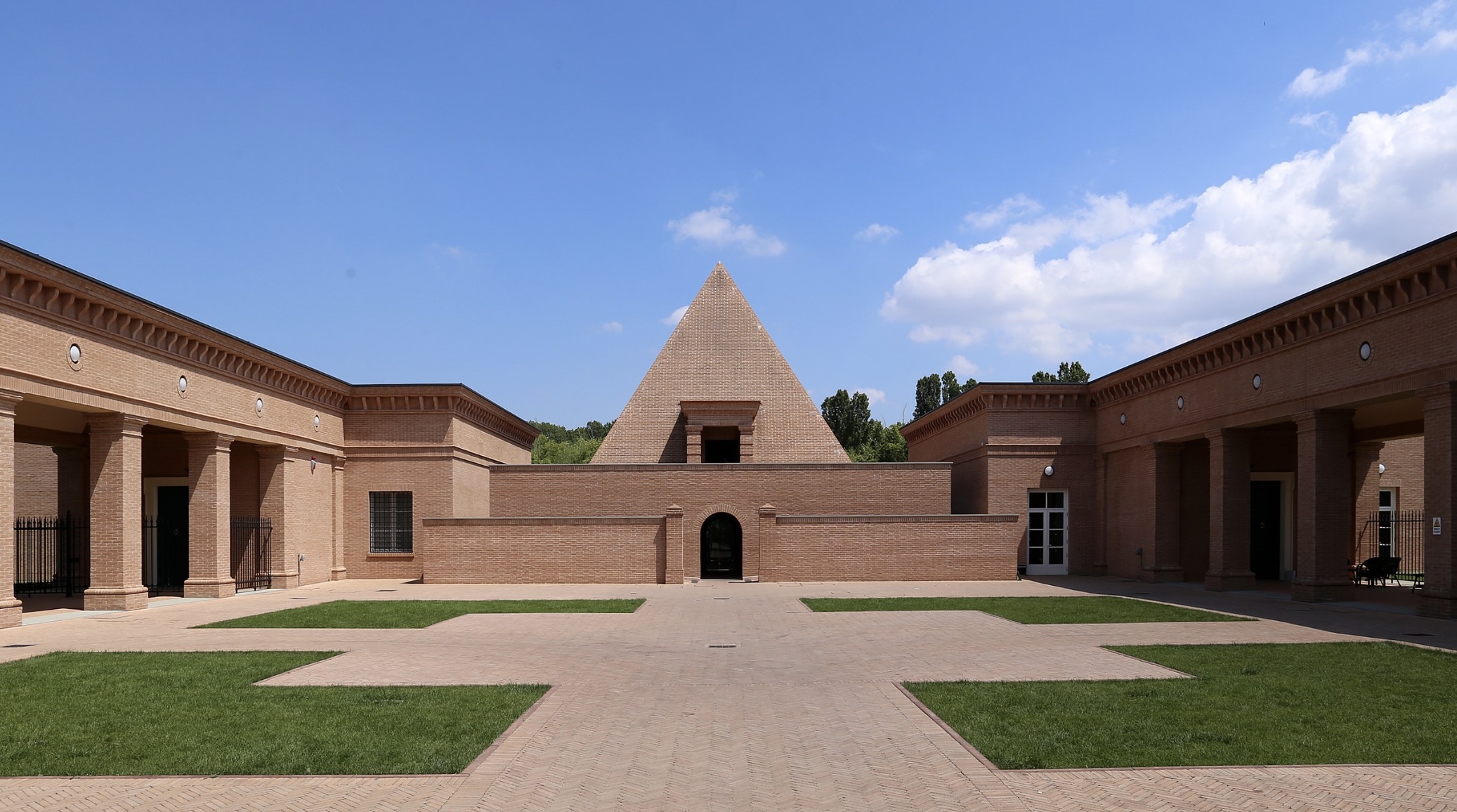

Labirinto della Masone - Photo source: Sailko - Own work - CC BY 3.0
Labyrinth of Villa Garzoni in Collodi, Pistoia
If you want to consolidate your relationship with your loved one, you have to go with her / him / her into the baroque labyrinth of this splendid villa. Guarantees an exceptional writer, Carlo Collodi - aka Carlo Lorenzini -, the creator of Pinocchio! Scenic glimpses and wow views are the order of the day here, ardently desired by the Marquis Garzoni, a great lover of botany. Formed by box hedges about 3 meters high, the labyrinth it is dominated by a small loggia from which the marquis enjoyed watching his guests try to find the way out. Also worth a visit is the villa, also called the villa "with a hundred windows".
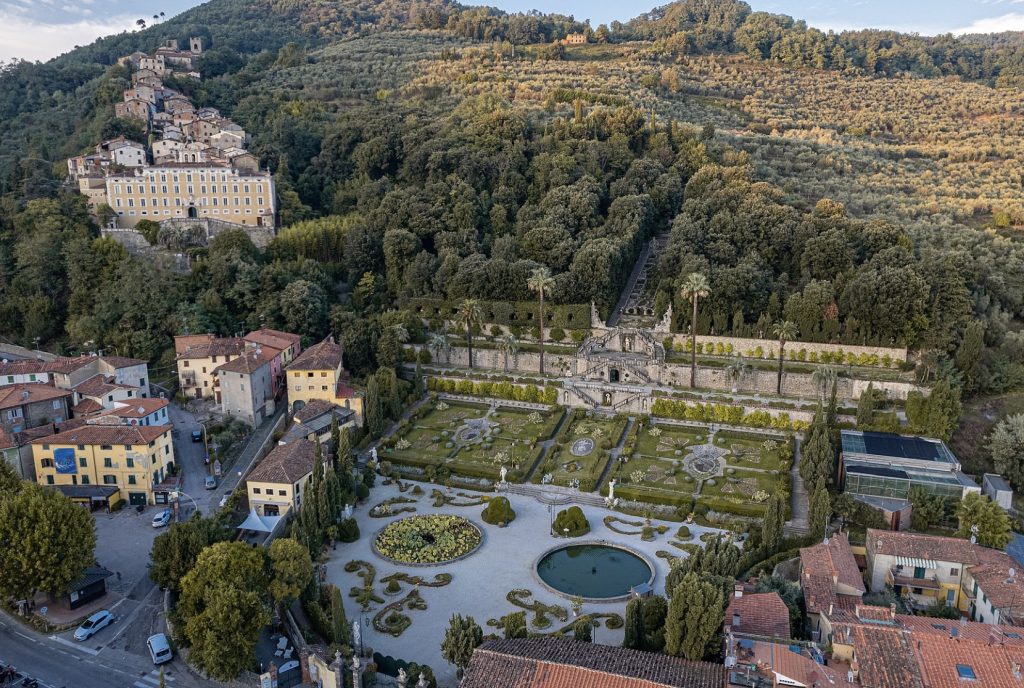
Labyrinth of the Donnafugata Castle in Ragusa
It too has a peculiarity of its own, because it is not a natural labyrinth. In fact, made with dry stone walls in white Ragusan stone, relatively low, is located in an 8-hectare park that adorns the wonderful historic residence of the late nineteenth century, the subject of a series of legends. Baron Corrado Arezzo wanted it to delight his guests with a series of games, jokes and tests of skill and courage. Its shape is trapezoidal, unusual for a labyrinth but not too much, and it seems that originally there were gods on the walls rose bushes which prevented the daring visitor from looking beyond his own path. In conclusion, a note of custom: this is a "Hollywood" labyrinth, in fact some scenes from the film It racconto dei racconti by Matteo Garrone were shot right here!
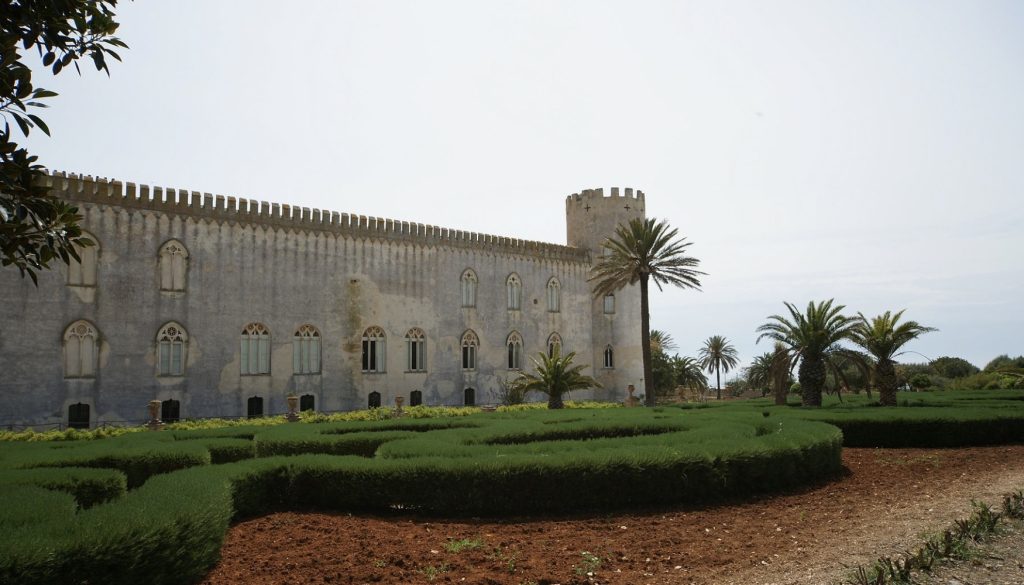
Borges labyrinth on the island of San Giorgio Maggiore, Venice
Although some might observe that Venice itself is a labyrinth in which to get lost, the Venetian island is also equipped with a real boxwood labyrinth. It is located in San Giorgio Maggiore, an islet overlooking the San Marco basin, inside the garden of the ancient Benedictine convent. The design of the labyrinth derives from the story The garden of the forking paths by the famous Argentine writer Jorge Luis Borges, from which it takes its name. Seen from above, the hedge maze forms symbols and words, including the writer's name.
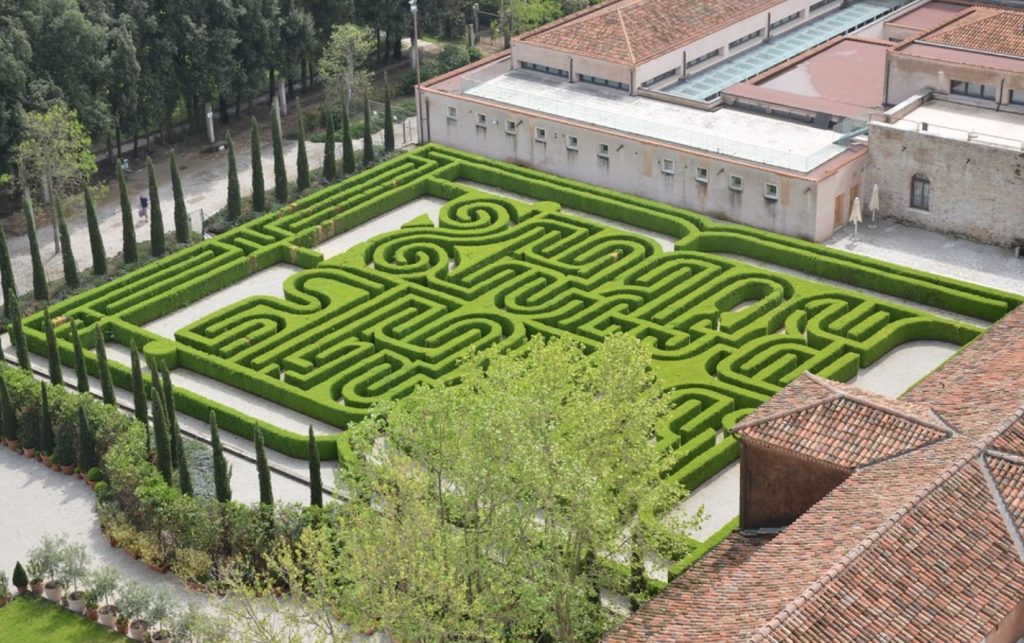
Other famous mazes
In the Verona area you can visit the Sigurtà Park in Valeggio sul Mincio and the garden of Villa Giusti in Verona, all with labyrinths to go through. A short distance away, in the Cremona area, it is possible to discover the labyrinth of Prehistoric Park in Rivolta d'Adda. Not to be missed in the Turin area is the labyrinth of Masino castle in Caravino, recently restored on an eighteenth-century model and protected as a FAI property. Finally, the labyrinth of the gods is curious Trauttmansdorff Gardens in South Tyrol, in the center of which is a beautiful pomegranate tree.

